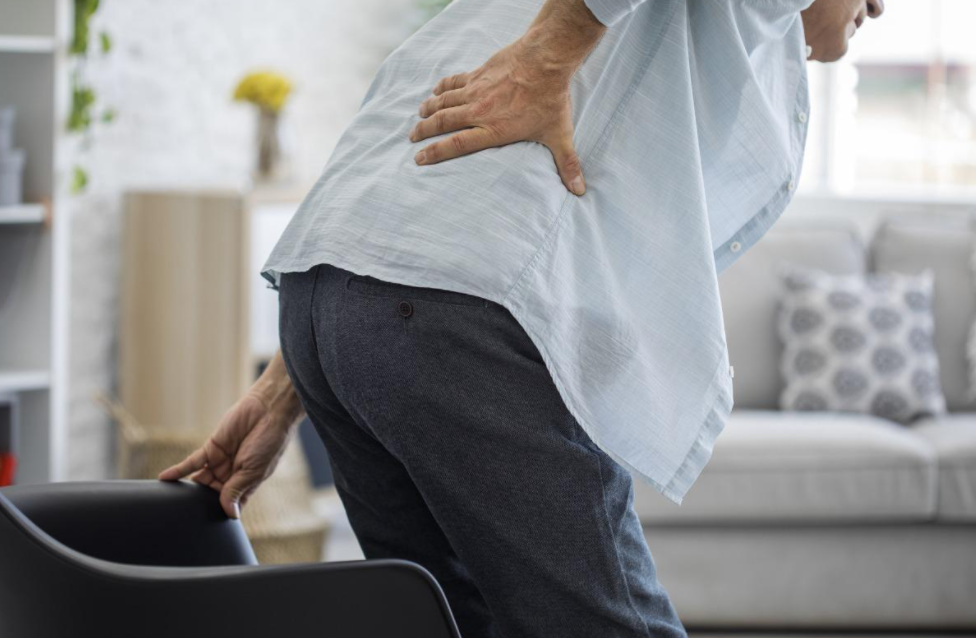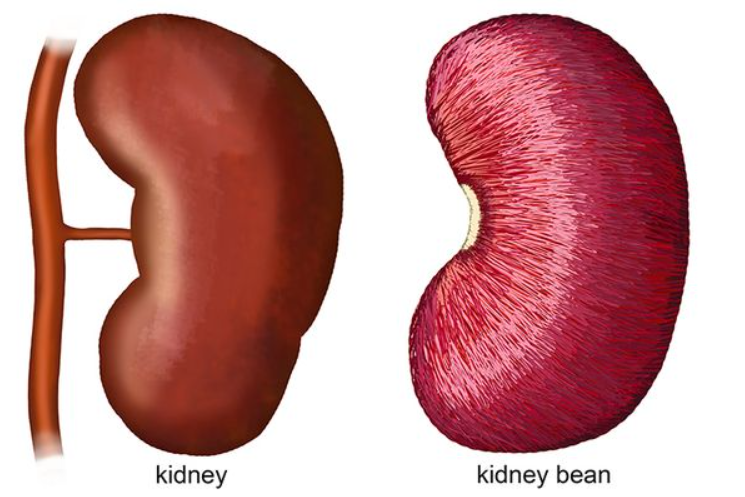Classical medicine focuses on treating individual organ diseases, whereas alternative specialists treat the entire body. Because much of the pain is truly conveyed and confuses both patients and doctors, modern research proposes combining the two systems, and the outcome will be obvious.
The spine connects to the bone marrow and serves as a support for the entire organism. Nerve channels extend out from the spine to different organs, transmitting impulses in both directions. If something is interfering with the organs’ function, this information will be communicated through the nerve channels, resulting in discomfort in the spine. Problems with the spine, on the other hand, have an impact on the functioning of the organs with which it is related. When a sickness strikes the body, it’s important to figure out which portion of the spine it will damage. Examine how each organ is connected to the spine to make this easier.
Neck vertebrae – from the first to the sixth vertebra
This area is related to hearing, vision, speech organs and brain activity. Tension in the muscles around this part of the spine causes the vertebrae to “compress” and this can cause headaches, blurred vision and other symptoms.
Many organ diseases can be cured with exercises that relax the muscles in this area.
The thyroid gland is attached to the seventh vertebra.
In addition, heart activity is linked to the seventh cervical vertebra and the first through third thoracic vertebrae.
Pain around the base of the neck could suggest a cardiac problem, such as arrhythmias or angina.
The first to the fourth thoracic vertebra are referred to as the thoracic vertebrae.
If you have discomfort in this area of the spine, it suggests you have problems with your upper extremities, shoulders, mammary glands, or bronchi.
From the fourth to the eighth thoracic vertebra
They are in charge of the digestive system’s activities. Keep in mind that heart pain can easily be confused with pain from acute gastritis, and vice versa.
That is why it is critical to seek medical help rather than treating yourself.
The ninth to the twelfth thoracic vertebra are the most important.
They have symptoms that are associated to the intercostal muscles and the urinary system, such as discomfort and pain. Examining and diagnosing this illness is frequently very challenging.
The large intestine is related to the upper back, therefore lumbar discomfort is often an indication of intestinal inflammation, and vice versa. Regular spine exercises, especially for cramping, will aid with this issue.
The reproductive system sends impulses to the lower lumbar region. Lower back pain, for example, could suggest osteochondrosis and other musculoskeletal ailments, as well as gynecological or male issues.
Eastern methods of treatment
For centuries, Chinese medicine has used the so-called internal connection between the spine and internal organs to treat a wide range of diseases. According to this teaching, certain points near the spine, ie their exposure to acupuncture, massage and other techniques, can help activate the organs and cure their diseases.
Chinese doctors also claim that any stress spreads throughout the body. They also emphasize the seriousness of the impact of certain emotions on certain organs, as well as the degree of damage that can occur:
- Respiratory illnesses are linked to the third thoracic vertebra. Sadness can build up in this location, resulting in lung and bronchial issues.
- Cardiac activity is related with the fourth and fifth thoracic vertebrae, and aggression and rage have the greatest impact on the work of the most significant muscle.
- The liver and gallbladder are connected to the ninth and tenth thoracic vertebrae, and these organs are the first to be damaged in rage and malice.
- The spleen is directly attached to the eleventh thoracic vertebra. Obsessive thoughts can harm this organ, resulting in a new wave of negative emotions.
- The second lumbar vertebra is associated with the activity of the kidneys, and they are mostly destroyed by fear.
Massage is used to treat these issues in the East, and it can help to improve the overall health of the spine, internal organs, and nervous system.
Massage, on the other hand, cannot heal all acute or chronic processes, therefore you should consult a doctor if your back pain persists or if there is no logical basis for it, such as damage or stretching of the muscles in that area.




